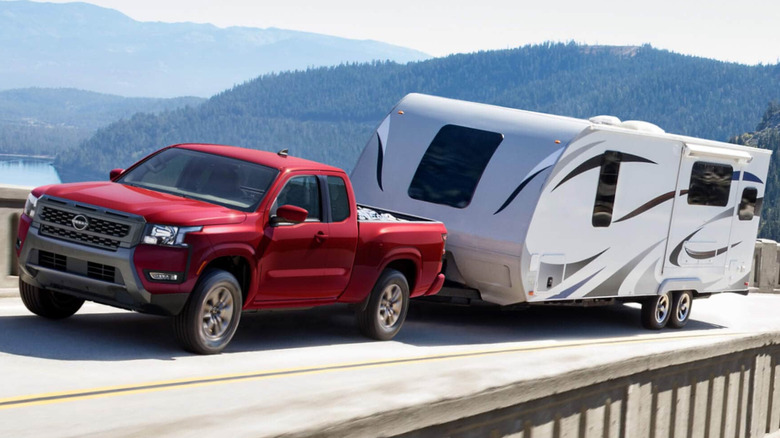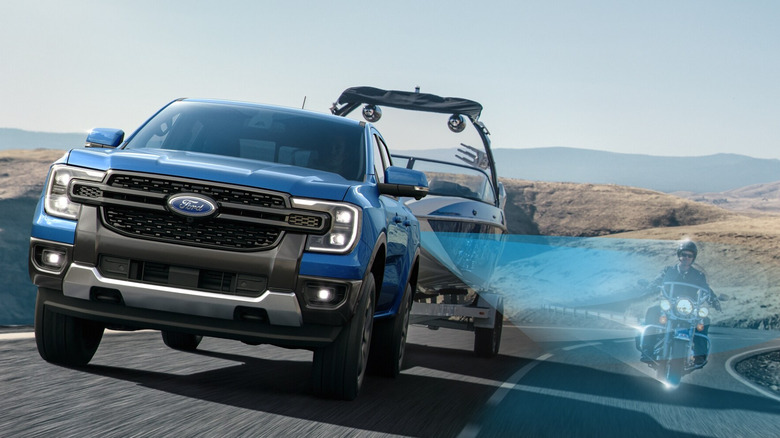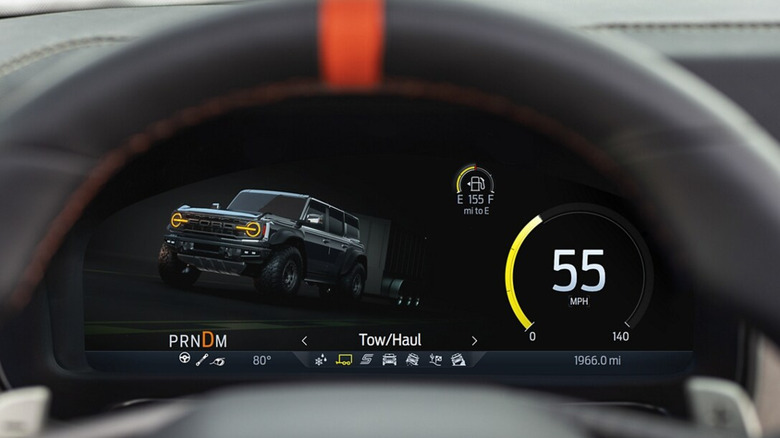Can You Use Cruise Control While Towing?
Cruise control is a driver's best friend for the barren stretches of highway where nothing much changes for hours — set a speed, relax the right calf, and let today's electronics handle the monotony. However, the road doesn't always cooperate.
Anyone who's towed a camper down a steep grade knows the feeling; the trailer starts to push, the brakes heat up, and you realize cruise control isn't doing you any favors. It's no wonder automakers devote entire chapters of their owner's manuals to "how not to use cruise control when towing," and that roadside assistance groups still list "don't use cruise control on slick roads" as one of their most common safety warnings.
So, where would that leave weekend campers and long-distance haulers? You can keep cruise control on, but only when the pavement is dead flat, the weather is perfect, and traffic is light — especially if you're towing well below the truck's limits. Mastering that judgment call is every bit as important as getting your torque specs and hitch-pin weight right for the road, and it can be the difference between parking under a sunset at camp or dialing roadside assistance from the shoulder.
Owner's manuals keep cruise control on a very short leash
Owner's manuals consistently reserve cruise control for the gentlest conditions. Ford's 2025 RV and Trailer Towing Guide tells owners to "turn off the cruise control with heavy loads or in hilly terrain," and adds that on a long downhill, the system will often disengage on its own before things get out of hand.
U-Haul — the world's biggest rental fleet, and a company whose business depends on rookies towing safely — doesn't sugarcoat it: "U-Haul does not recommend using cruise control or overdrive when towing a trailer," warning that even a little trailer wiggle can quickly snowball out of control. Toyota advises a 65 mph limit on flat, dry roads when towing, and adds a firm warning in its manuals: "Do not increase speed" if trailer sway does occurs.
These warnings all trace back to the same truth: Cruise control systems can't "feel" the 7,000 pounds pushing from behind, and it definitely can't see the curve or hill coming up ahead. That extra weight means slower stops, hotter brakes, and bigger momentum shifts when gravity kicks in. The takeaway from all three is simple: If the road dips, bends, or turns slick, your right foot is still a better judge of speed than any button on the steering wheel.
Cruise control helps, but it won't keep you out of trouble
Cruise control can also quietly put you on the wrong side of the law when towing. California's Driver Handbook is crystal clear: "The ideal maximum speed limit ... is 55 mph ... for vehicles towing trailers." Several Western states post the same 55-mph cap, while rural stretches of Michigan and Indiana limit trailer-towing to 60 mph.
Stopping distances increase rapidly with each added mile per hour, especially when you're towing several tons. According to California DMV figures, a large tractor-trailer can take up to 400 feet to come to a full stop at highway speeds. When you're towing a loaded trailer, you're looking at even longer stopping distances, plus a lot more momentum. Set cruise to your solo-driving pace of 70, and you're not just speeding — you're eating into the safe braking distance you need.
If you're driving a GMC truck or SUV with an older aftermarket brake controller, GM warns it could interfere with the adaptive cruise system, causing a delay between when the vehicle lets off the throttle and when it actually begins to slow down. And when you're towing, that kind of lag can catch you off guard. Tickets are one thing, but entering a downhill curve too fast with several thousand pounds in tow is the kind of mistake that can end with far more than a fine.


